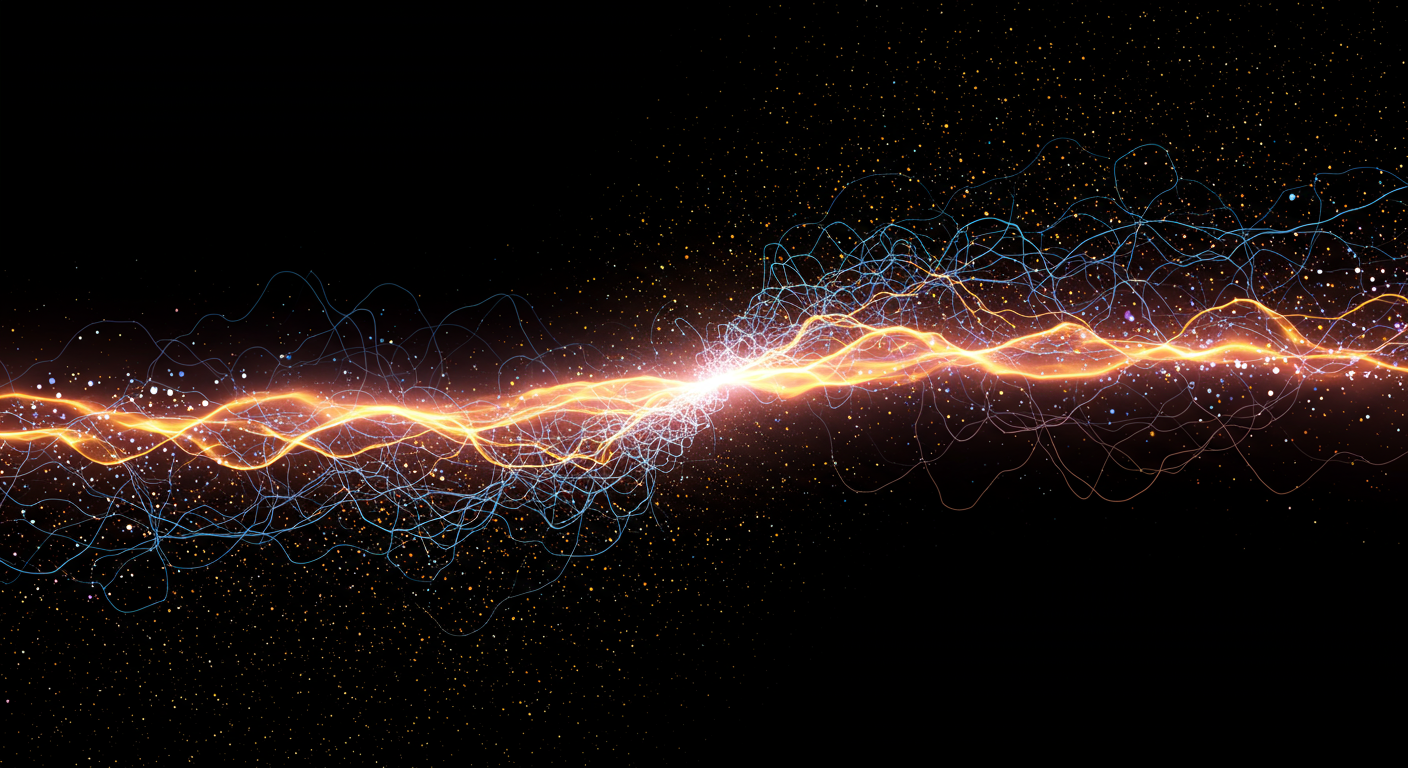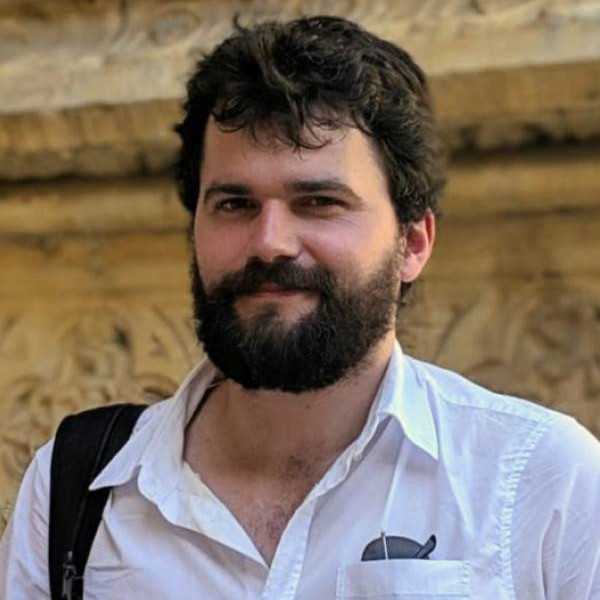Fully Bayesian Forecasts with Evidence Networks

The Handley Research Group’s latest work, “Fully Bayesian Forecasts with Evidence Networks” (2309.06942), introduces a novel approach to Bayesian forecasting in scientific research. Led by T. Gessey-Jones, and co-authored with Will Handley, this paper proposes a methodology that addresses the computational challenges associated with traditional Bayesian forecasting, particularly in the realm of model comparison. The core of this new approach lies in the utilization of Evidence Networks, a type of classifier neural network.
Traditional Bayesian forecasts, while powerful, often struggle with the computational burden of marginalizing conclusions over uncertain parameters and noise realizations. This often leads researchers to rely on fiducial parameter values, potentially biasing the forecast and contradicting the principles of Bayesian statistics. This paper champions fully Bayesian forecasts, emphasizing the importance of marginalizing over the prior distribution of parameters and noise to obtain a more representative and robust prediction.
The paper’s key contribution is the integration of Evidence Networks to expedite this marginalization process. These networks are trained to approximate the Bayes ratio between competing models. By leveraging the computational efficiency of neural networks, the proposed method allows for the rapid evaluation of Bayes ratios across a vast range of mock datasets. This, in turn, enables practical implementation of fully Bayesian forecasts, even for complex models and datasets.
The authors showcase the efficacy of their method by applying it to a challenging problem in cosmology: forecasting the detection probability of the global 21-cm signal by a REACH-like experiment. This signal, a faint whisper from the early universe, is notoriously difficult to detect due to overwhelming foreground contamination. The methodology successfully predicts the probability of detecting this signal given the experiment’s sensitivity, providing valuable insights for experimental design. The analysis revealed that with a frequency resolution of 1 MHz and a noise level of 0.015 K, the chance of a 3σ (5σ) detection is 46.0% (32.4%). Furthermore, the study explores the impact of astrophysical parameters on the detection probability, finding strong dependencies on star formation efficiency ( f∗ ), X-ray efficiency ( fX ), and the optical depth to reionization (τ).
This research significantly advances the field of Bayesian forecasting by offering a computationally efficient and broadly applicable method. The authors demonstrate the power of Evidence Networks to tackle complex forecasting problems and provide robust, fully Bayesian predictions, opening new avenues for optimizing experimental design and accelerating scientific discovery. The work builds upon and extends previous research in Bayesian model comparison, such as that discussed in Sivia and Skilling (2006) doi:10.1093/acprof:oso/9780198568322.001.0001 and Trotta (2007) 2007MNRAS.378…72T, providing a practical solution to the computational bottlenecks hindering fully Bayesian analyses. The successful application to the 21-cm signal detection problem, a field with ongoing research as highlighted in Furlanetto, Oh, and Briggs (2006) 2006PhR…433..181F, further validates the method’s potential to impact real-world scientific inquiries. Finally, the adaptability of the method to scenarios lacking explicit likelihoods, as discussed in Jeffrey and Wandelt (2024) 2024MLST….5a5008J, broadens its applicability to simulation-based inference contexts.


Content generated by gemini-1.5-pro using this prompt.
Image generated by imagen-3.0-generate-002 using this prompt.